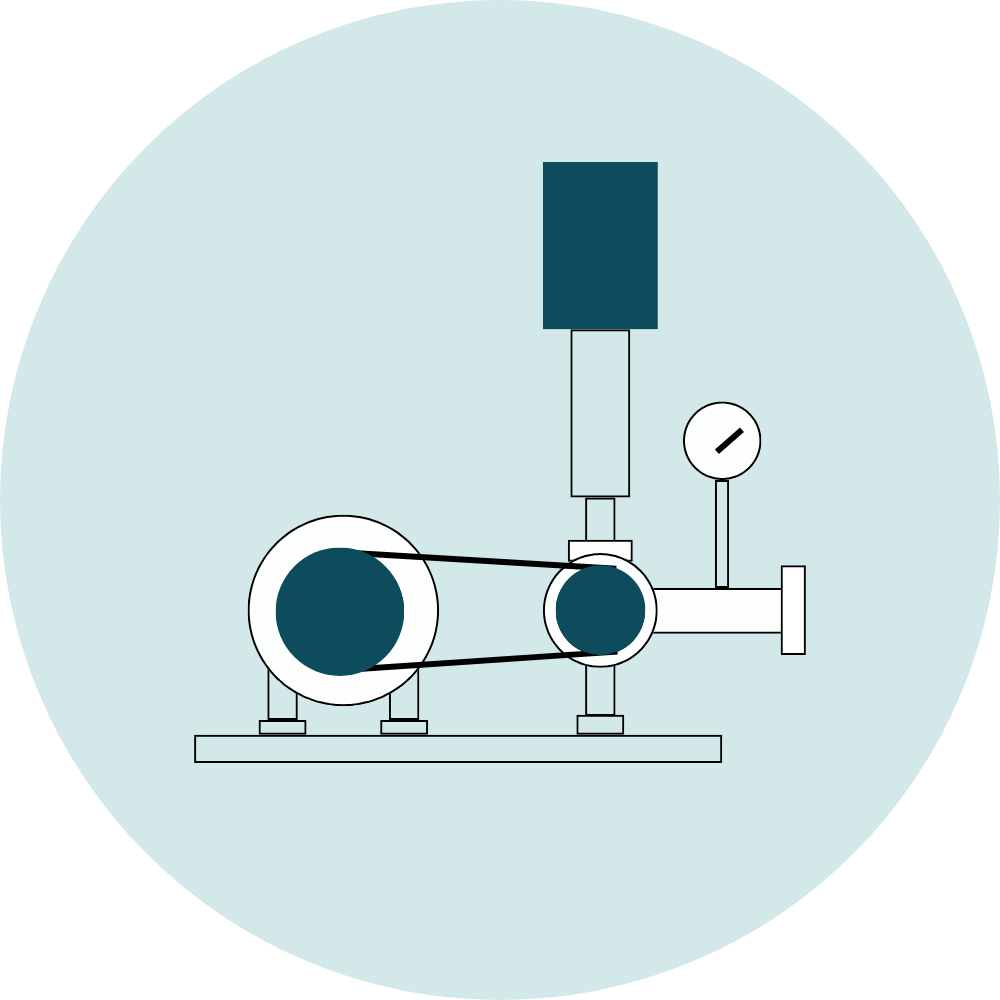We Value Your Feedback!
If you notice any issues or have suggestions, please share your feedback — it helps us improve your experience.
HOME • CALCULATORS

Sludge Retention Time (SRT)
Calculator
SRT Calculator: Understanding Sludge Retention Time in Wastewater Treatment
Sludge Retention Time (SRT) is one of the most fundamental operational parameters in biological wastewater treatment. It directly influences system stability, microbial population, nutrient removal efficiency, and sludge production. If you are operating an activated sludge system—whether traditional, extended aeration, or membrane bioreactor (MBR)—using an SRT calculator is essential for optimizing performance.
In this comprehensive guide, we will explore:
- What SRT means and why it matters
- The formula used in SRT calculators
- How to manually calculate SRT
- Typical SRT values for different treatment processes
- A step-by-step example calculation
- Benefits and consequences of incorrect SRT settings
- How digital SRT calculators support plant optimization
By the end, you will fully understand how to use an SRT calculator and how adjusting SRT impacts the biological process.
Sludge Retention Time Calculator

ADVERTISEMENT
What Is Sludge Retention Time?
Sludge Retention Time (SRT), also known as Mean Cell Residence Time (MCRT), represents the average time that microorganisms stay in the activated sludge system. Essentially, SRT measures the balance between biomass growth and removal.
Key Concept
SRT = the number of days the bacteria (biomass) remain in the system.
Microorganisms require sufficient time to grow and degrade organic material. If biomass leaves too soon, treatment efficiency drops. If biomass stays too long, energy use increases and sludge can over-stabilize.
Importance of SRT in Wastewater Treatment
| Impact Area | Role of SRT |
|---|---|
| BOD/COD Removal | Ensures enough microbial population to oxidize organic waste |
| Nitrification & Denitrification | Longer SRT needed for nitrifying bacteria |
| Sludge Waste Production | Higher SRT = less sludge; lower SRT = more sludge |
| Process Stability | Helps control microbial age and performance |
| Energy Consumption | Higher SRT increases aeration energy |
| Foaming & Filament Control | Maintains balanced biology |
SRT Calculator Formula

Typical SRT Values for Wastewater Systems
| Process Type | Typical SRT (days) | Notes |
|---|---|---|
| Conventional Activated Sludge | 3 – 8 | Standard municipal systems |
| Extended Aeration | 10 – 20 | Low sludge production |
| Oxidation Ditch | 15 – 25 | Strong nutrient removal |
| MBR Systems | 20 – 40 | Very high biomass concentration |
| Nitrification | 8 – 15 | Requires slow-growing nitrifiers |
| Anaerobic Digestion (SRT) | 10 – 40 | Temperature dependent |
Effects of Low vs High SRT
| Condition | Impact |
|---|---|
| Too Low SRT (<2–3 days) | Loss of nitrification, sludge bulking, high effluent BOD |
| Optimal SRT | Stable process, good nutrient removal |
| Too High SRT (>20 days) | Old sludge, energy waste, slow settling, high endogenous respiration |
Factors That Influence Desired SRT
- Plant load (BOD/COD)
- Seasonal temperature changes
- Desired nitrification or denitrification
- Type of wastewater (domestic vs industrial)
- Process configuration (CAS, MBR, extended aeration)
Rule of thumb:
Cold weather requires higher СRT, warm weather requires lower SRT.
How an SRT Calculator Helps Operators
- ✅ Prevents process upsets
- ✅ Optimizes sludge wasting
- ✅ Predicts sludge age
- ✅ Supports nitrification
- ✅ Reduces energy consumption
- ✅ Maintains predictable effluent quality
Modern digital calculators—often included in SCADA systems or online process dashboards—automatically update SRT using real-time plant data.
Conclusion
A well-controlled Sludge Retention Time is critical for efficient wastewater treatment. Whether you’re operating a municipal plant or an industrial biological system, an SRT calculator ensures precise control over sludge age, nutrient removal, and energy use.
By mastering SRT:
- You maintain stable microbial populations
- Improve effluent quality
- Optimize sludge handling
- Reduce operational costs
In short, SRT is one of the most powerful tools available to wastewater operators—and modern SRT calculator tools make it easier than ever to maintain optimal performance.




